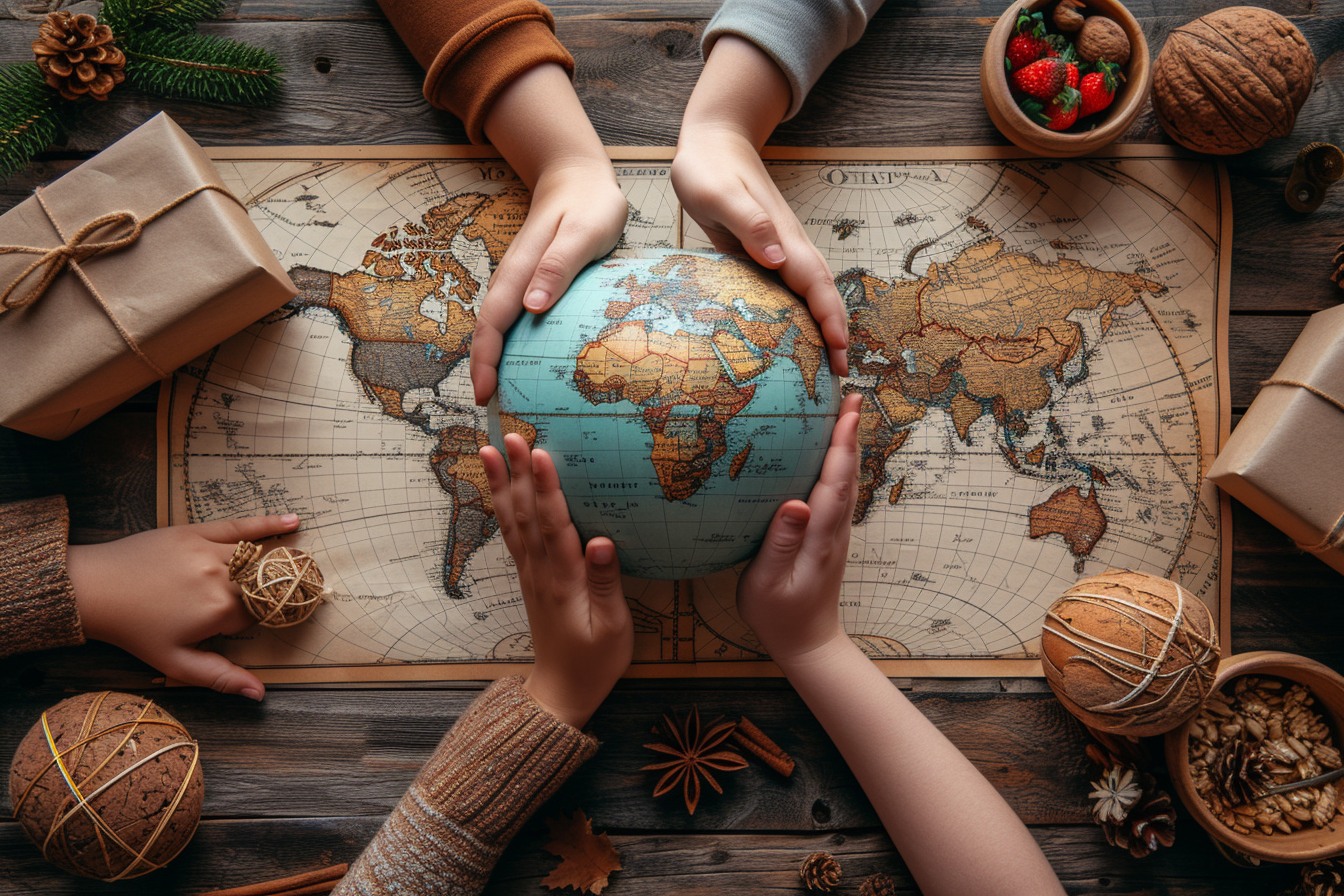Father’s Day, a celebration honoring fathers and celebrating fatherhood, paternal bonds, and the influence of fathers in society, is a widely recognized event across the globe. Although it is celebrated on different dates and in various ways around the world, the essence of this day binds together a diverse range of cultures and traditions in a common respect for paternal figures.
The origin and significance
Father’s Day has its roots traced back to early 20th-century America, where it began as a complement to Mother’s Day. It was originally conceived by Sonora Smart Dodd, who wanted to establish a day to honor her father, a Civil War veteran and a single parent who raised six children. The tradition grew from these humble beginnings and spread across the world, where it gained localized forms and customs.
In diverse societies, the figure of the father has long been venerated. This patriarch holds a unique place in the family structure, with roles that have historically been associated with leadership, protection, and provision. Father’s Day presents an occasion for individuals and communities to reflect on this role and show appreciation for the many ways in which fathers have shaped lives.
Cultural variances in celebration

The american tradition
In the United States, Father’s Day is celebrated on the third Sunday in June. It is typically marked by gifting, family gatherings, and special activities tailored to fathers’ interests. Children often make crafts or cards, while adults may gift items that echo their father’s hobbies or needs – think sporting goods, tools, or tech gadgets. Though commercial in tone, the heart of the celebration is sentiment, providing an opportunity to express the inexpressible love and gratitude felt towards one’s father.
European perspectives
Many European countries, such as the United Kingdom, also celebrate Father’s Day on the same day as the United States, and similar customs prevail. Breakfast in bed, family visits, and heartfelt gifts are commonplace. However, in countries like Germany, Vatertag is observed on Ascension Day, which falls on the 40th day of Easter. This day is sometimes marked more by male bonding activities, such as hiking and consuming local food and drink, rather than family-focused events as seen in the Anglophone world.
Asian recognition
In Asia, the customs surrounding Father’s Day can greatly vary. Thailand, for example, uses this day to honor its king as the ‘father of the nation,’ and it is celebrated on the king’s birthday. People often wear yellow and present their own fathers with Canna flowers. Meanwhile, in countries like India, Father’s Day is a relatively new event influenced by Western traditions and is becoming more prominent, especially in urban areas.
Latin american celebrations
Father’s Day customs in Latin American countries like Brazil and Argentina involve extended family gatherings and meals. It is common for families to host barbecues (churrasco in Brazil) as a way to bring everyone together. Often, religious ceremonies or prayers form part of the celebration to bless the patriarchal figure.
African observances
Father’s Day in African nations is influenced by cultural and societal norms. In South Africa, for instance, the day is dedicated to honoring paternal figures but also to raising awareness about the important role fathers play in society. Outreach programs and community events often coincide with family affairs.
The evolving role of fathers
The perception of fatherhood is evolving, and with it, the ways in which Father’s Day is celebrated. Modern societies are witnessing a shift in paternal engagement, with fathers taking on more nurturing roles and participating actively in childcare and domestic life. Communities are celebrating this change, and Father’s Day is increasingly becoming a day to acknowledge and encourage progressive paternal involvement.
Unconventional ways to honor fathers
To truly honor the essence of Father’s Day, many opt for more meaningful acknowledgments beyond material gifts. Experiences such as planning outings tailored to a father’s interests, creating personalized tokens of appreciation, or volunteering together for causes close to his heart, are examples of how the day is becoming infused with deeper significance.
The celebration’s impact
The impact of Father’s Day is multifaceted, representing different things to different people. It serves as a reminder of the emotional depth of father-child relationships. Retail industries capitalize on this day, creating tailored marketing strategies that can drive consumer spending significantly. At the same time, the nonprofit sector often uses this time to highlight issues of paternal welfare and promote family unity.
As a global society, we’re finding new ways to approach and reinterpret Father’s Day traditions, ensuring that the celebration remains current and inclusive. As families evolve, so too do the ways in which we express our love and appreciation for fathers and father figures. Whether through traditional gifts, quality time spent together, or community-focused activities, Father’s Day offers a yearly opportunity to honor the paternal influences that have shaped and supported individuals and societies alike.
By delving into these diverse customs and their underlying meanings, it becomes abundantly clear that the essence of Father’s Day is universal, yet its manifestations are as varied as the tapestries of culture themselves. This gives us an unparalleled opportunity to draw inspiration from around the globe and to fashion celebrations that are as unique as the bonds they honor.

